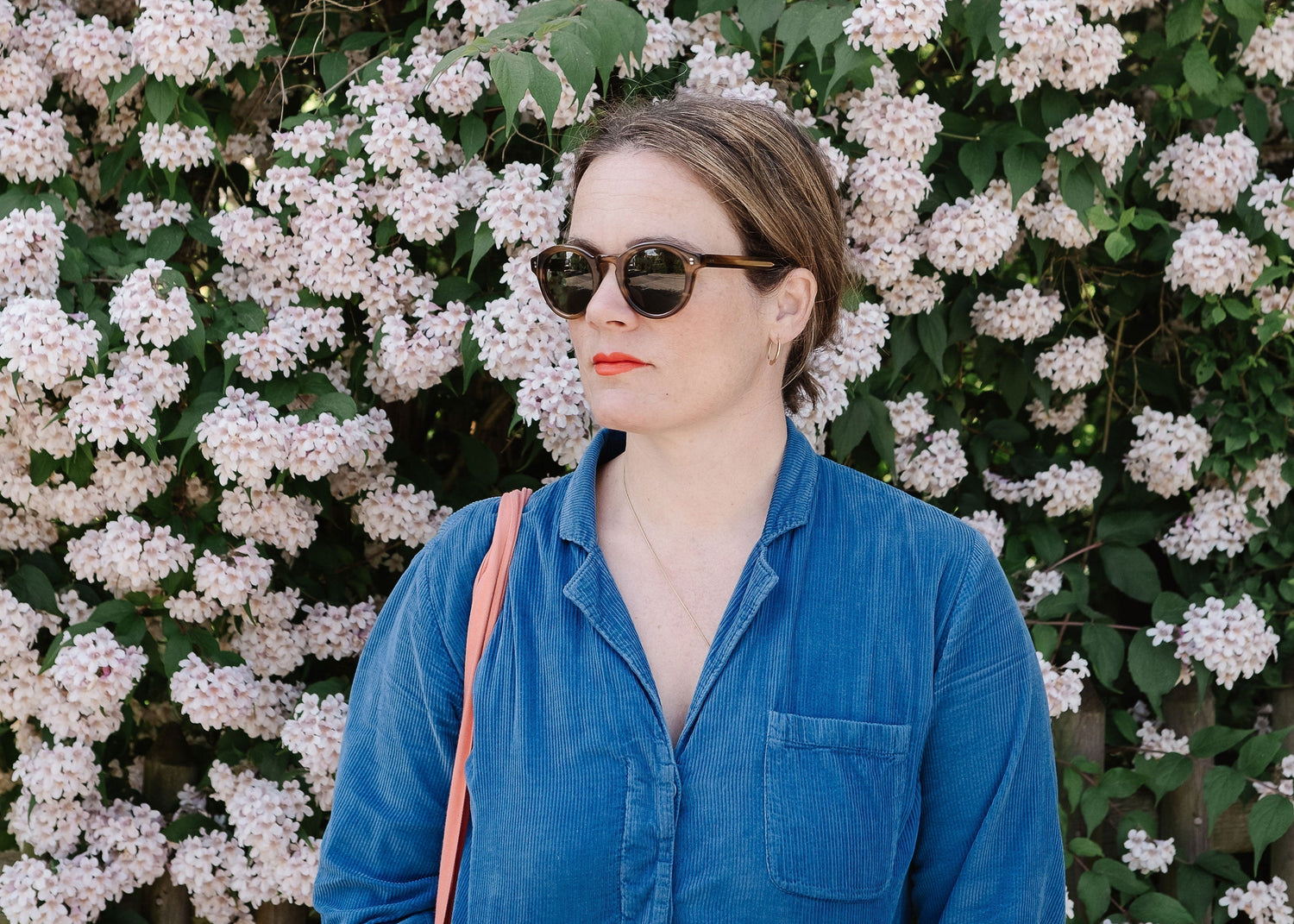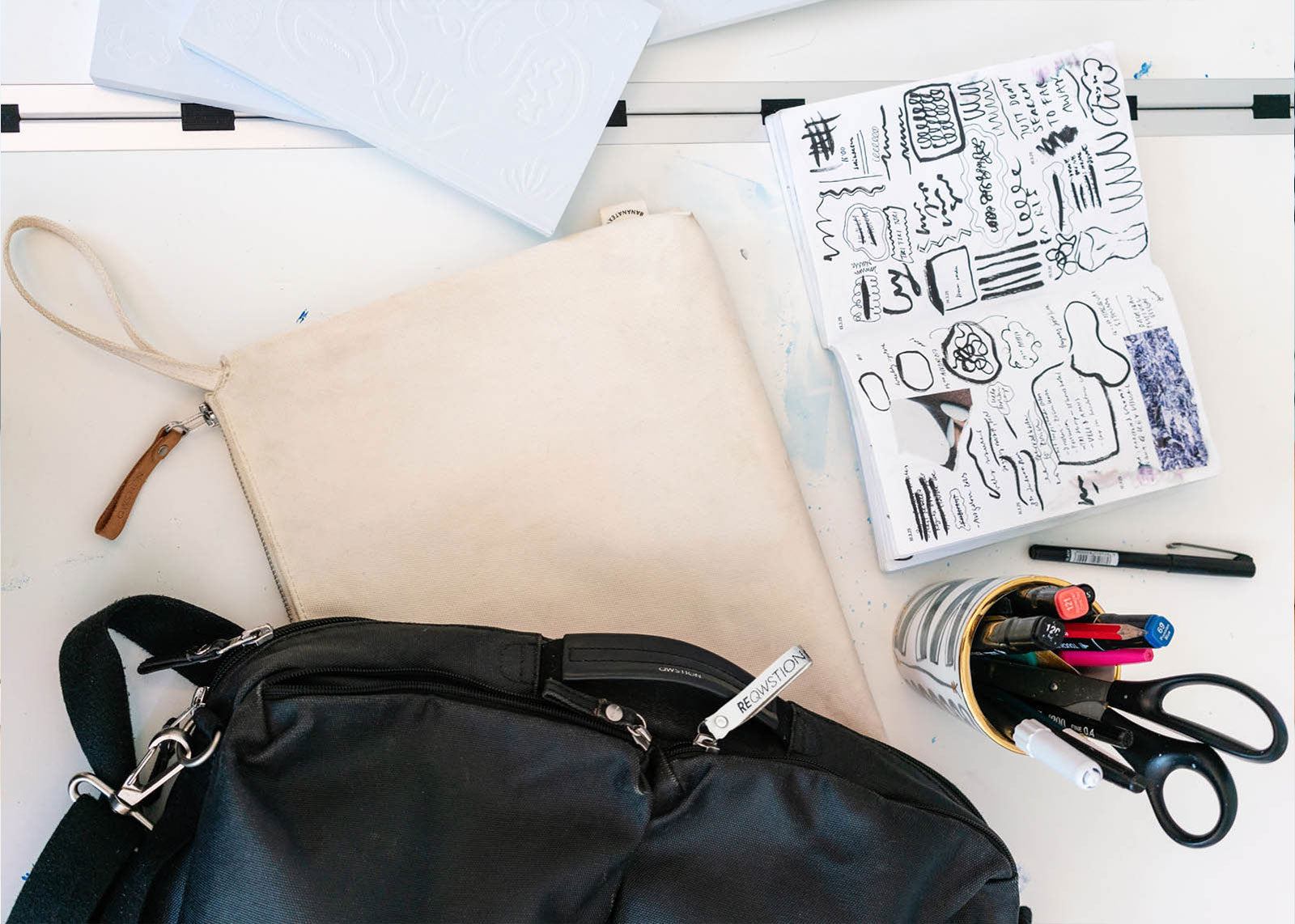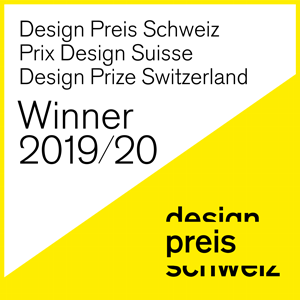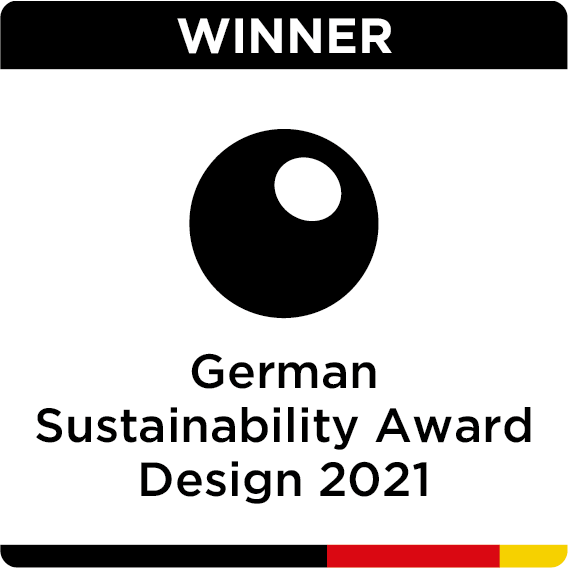How we know Natalia
Natalia was born and raised in Ticino, the Italian-speaking southern part of Switzerland. Soon after moving to Zürich she became a colleague of QWSTION’s co-founder Christian while working at the same design agency. Natalia quickly made a name for herself with her signature quirky style, combining craft with the seriousness of Swiss graphic design and a healthy amount of humor. Fast forward to today, Natalia and Christian are still friends and like to share ideas and a laugh.
natalia-gianinazzi.ch
@nataliagianinazzi
@gruesli_family
What led you to what you do today?
Passion and perseverance

What do you care about in life?
I care about being a good human being, approaching life with curiosity, and keeping an open mind.
How do you address this in your work?
I always work with ideas, and sometimes I explore new approaches to design that I haven’t tried before.

What do you look for in things you buy?
First, quality. Then, they should evoke something emotional in me—whether through the idea behind them, the feel of the material in my hands, or something similar. I also especially value knowing who made the object, or sharing the same philosophy as the brand, as it gives the item added value.
Do you think we take ourselves – and design – too seriously sometimes?
Yes, we sometimes take ourselves too seriously, which can lead us to lose the ability to understand other points of view — something we unfortunately see happening quite often nowadays. When it comes to design, I believe in form follows function. Some products need to be serious because of their purpose, while others can be more playful.
Has humour always been a natural part of your design language or did it emerge as a conscious counterbalance to something else?
Humor has always been part of who I am, so it naturally shapes my work and the way I approach design.
Do you remember the first thing you made that made you laugh and made others smile too?
It probably wasn’t the very first, but it’s the one I still remember. In art school, I had to hand-draw a sentence in Bodoni on a 50×70 cm piece of paper. I couldn’t manage to finish it, so I cut the bottom right corner to look like a bite. The next day, when I handed it to my professor, I said, “I’m so sorry the homework is damaged—a giant insect ate the paper during the night!” Of course, he didn’t believe me, but he laughed instead of giving me a bad evaluation.

What role do you think humour will play in the future of design, especially in a world driven by efficiency and AI?
First of all, I believe that humor is a balm we all need—not only in design but in life in general, now more than ever. I think the biggest threat to humor in design is not AI or efficiency, but the growing dominance of “political correctness.” Over the past few years, it has become more extreme and, in my opinion, has significantly impacted the creative industry.
What reaction do you want people to have when they first encounter your work?
I want people to feel an emotional connection and sense the passion and thought behind my work. I want them to feel that it has something to say and tells a story.

Your work often combines humor with precision. How do you balance playfulness with professionalism?
Both humor and precision are naturally part of my personality. I am highly creative, yet very organized. I enjoy starting a new project with a clear vision and a clean, well-ordered workspace, which gradually transforms into creative chaos as I get immersed in it.
How do you know when a creation is ‘finished'?
When order emerges again from creative chaos. It’s also finished when it has its soul — that subtle quality that stirs an emotional response, the kind of reaction I mentioned earlier.
Anything you wanted to add about you, about your work?
Stay tuned—I have an exciting personal project coming out in 2026!






